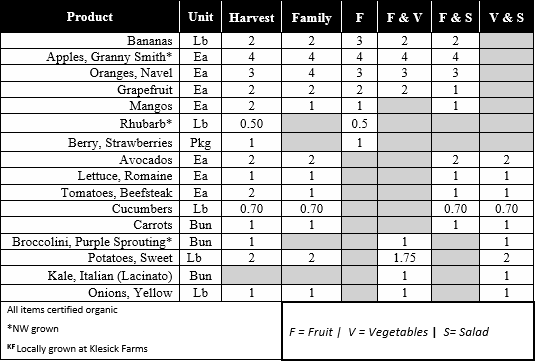Fitting in work here and there, we have been waiting. After such a great start to March, April showers have certainly put a damper on field work. It’s alright though, the fields were looking and feeling a little too dry for the start of the farm season. So, in many ways, I am grateful for the early start and the rainy April patch.
And besides, if we hadn’t got the nice weather in March, I couldn’t have snuck in another unplanned planting of those tasty sugar snap peas!
Now it is fruit blossom time. Our one cherry tree didn’t care that it was raining during blossom time, but I DID! On the brighter side, the Italian prunes have burst into full blossom, and the rain let up at the perfect time. We use Mason Bees for most of our pollination. Those little pollinators tend to work rain or shine, unlike Honey Bees. The Mason Bees do require a little more maintenance than do the other pollinators, like Bumble Bees. The Mason Bees need a water source nearby and a clayey mud puddle. With the rainy weather all of our tractor ruts serve as an excellent source of water and mud to make their nests.
Another interesting fact about Mason Bees is that the males emerge first, and then the females a little later. And since each little nest has 5 eggs in it, it is really important that the female Mason Bee lays 2 female eggs in the back of the nest and 3 male eggs in the front. Nature is truly amazing. How does the female know that it is laying female eggs in the back and male eggs in the front? This is absolutely critical too, because the males emerge first, and if the female mason bee lays a male egg in the back of the nest it will wake up first and destroy the eggs in front of it. Now I am not an expert, but every year we see Mason Bees emerging and building nests, so something is working right. One thing for sure: no pollination, no fruit!
Farming is a humbling and exhilarating adventure; you can do so many things right and then it can rain during pollination, and next thing you know you’re caring for trees for the whole year without a crop to harvest. Ouch. Thankfully that doesn’t happen very often, especially in our orchard. The reason that we usually have fruit to harvest is because, we haven’t “put all our eggs in one basket.” We have 3 varieties of Plums, 3 varieties of pears and 4 varieties of apples and they all bloom at slightly different times, essentially spreading out our risk over a few weeks.
We have chosen to be small diversified fruit and vegetable farm. Focusing on a couple dozen crops that grow really well in our climate and on our farm and we grow them for you!
-Tristan

